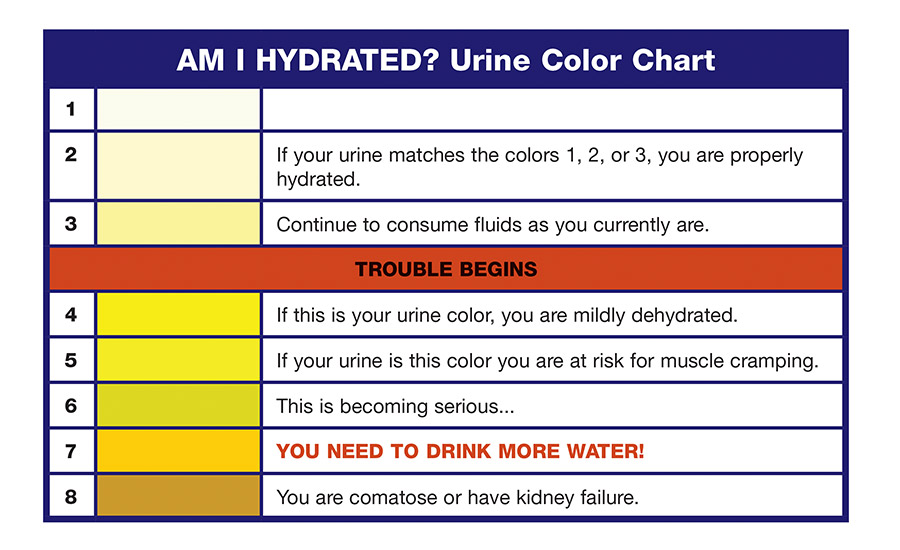The management of water in all its phases — ice, liquid, and vapor — in buildings is a familiar topic among engineers. If unplanned moisture accumulation in walls, ducts, and other interstitial spaces leads to mold growth, then people with allergies can become sick immediately. Over time, mold can damage the building structure itself. The importance of indoor dehumidification to reduce water condensation and subsequent mold growth is reflected in ASHRAE codes that establish upper limits of indoor air rh. Surprisingly, however, building codes for lower limits are hard to find despite studies showing that indoor rh between 40-60% is optimal for building occupants.
Perception of indoor RH
How do we know if the buildings we spend time in are properly dehumidified? When indoor rh is too high, we can tell fairly quickly because we feel hot and acquire a gleam of perspiration on our skin. But what do we feel if indoor rh is low? Despite mechanical systems to keep indoor rh between 40-60%, when the outdoor climate is fluctuating this balance can be difficult to achieve. Research at the University of Chicago has shown that even in carefully monitored buildings, indoor rh can drop to 10% and remain low for weeks during seasonal changes.
Interestingly, humans cannot directly sense air dryness at any given moment because our skin surface does not have receptors for the partial pressure of water vapor. It is not until our eyes feel dry and irritated, or our throat becomes scratchy, that we complain of air that is “too dry.” By this time, we are measurably dehydrated and physiological damage has occurred.
Dehydration and our brain
New research shows that a decrease of only 1% of our body weight from water evaporation diminishes our ability to think and function optimally. At this level of mild dehydration, our thirst center has not yet been stimulated. By the time our body volume sensors motivate us to head to the drinking fountain, dehydration of 1.5-2.0% has lowered our energy, impaired our concentration, and slowed our reaction times, just to name a few symptoms.
How does low indoor rh impact this dehydration? An average size human at rest inhales and exhales about 14,000 liters of air per 24-hr period. Exhaled air rh is close to 100%. If the rh of inhaled air is 20% and the carrying capacity of 1kg of air said to be 20g of water vapor, 400ml of water is lost each day through respiration alone. A person loses approximately the same volume through their skin, so in these conditions, about 800ml of water is lost per day through these two routes alone.
How do you know if you are drinking enough water? How much water should you ingest to counter-balance these losses? One great way to tell if you are adequately hydrated is by noticing your urine output and color. A well hydrated adult pees approximately 6.5 cups per day, give or take a few liquid ounces. This equates to urinating at least four times in a 12-hr period. For those of us who don’t want to take a measuring cup with us into the restroom, an easy way to determine our hydration status is simply to notice the color of our urine.
So, while building engineers and smart software systems are balancing the indoor rh, you can monitor your sophisticated and real-time hygrometer to maintain your body’s ideal hydration level.




